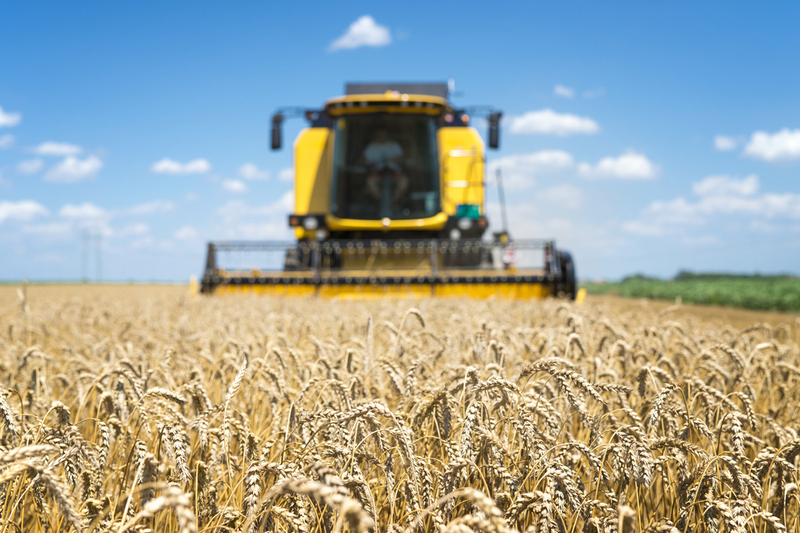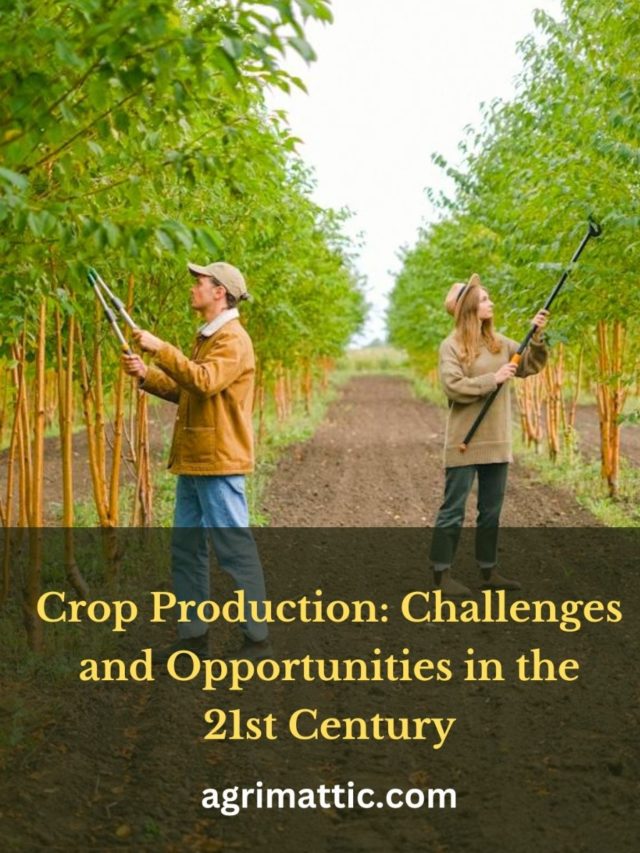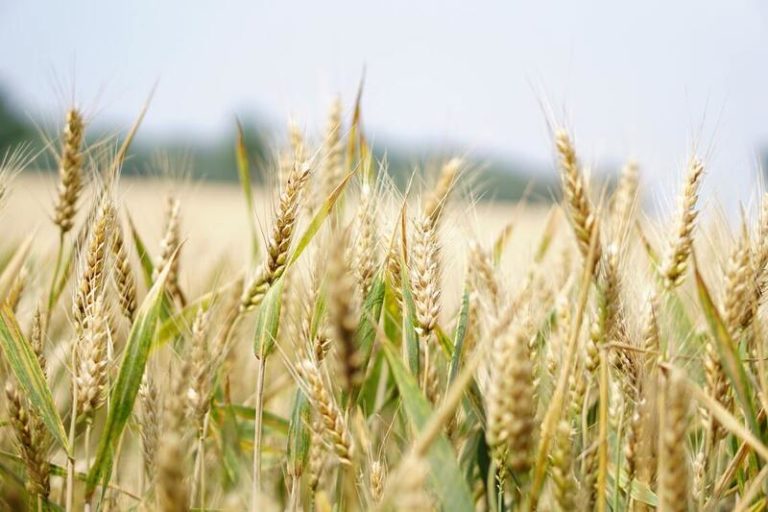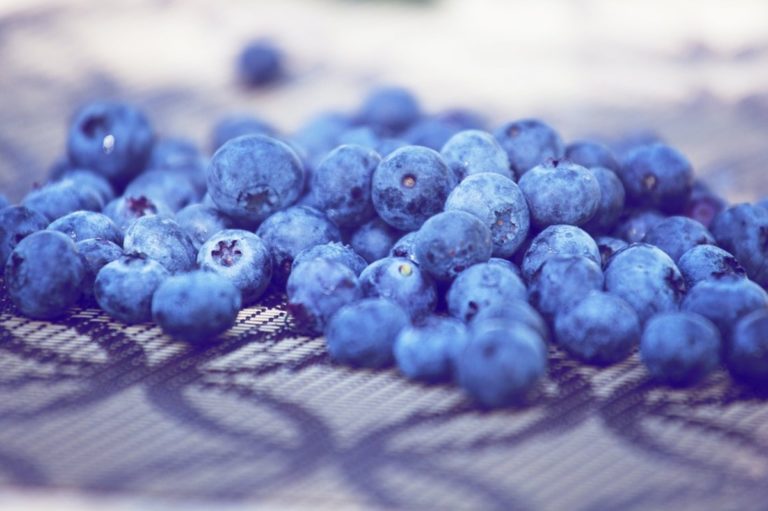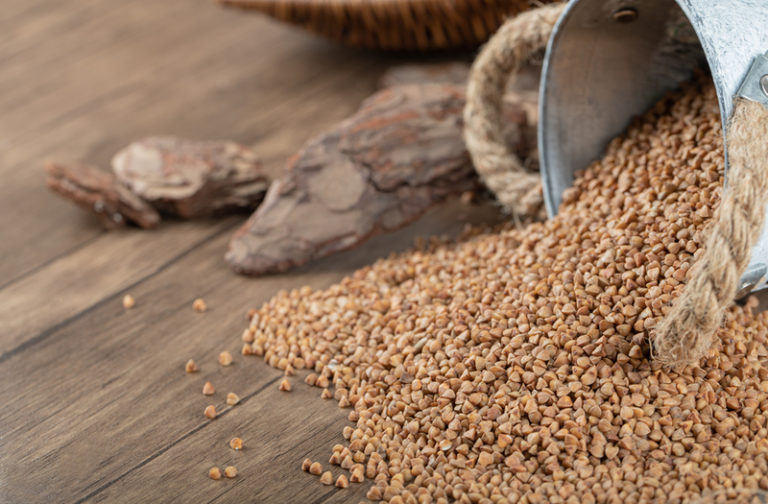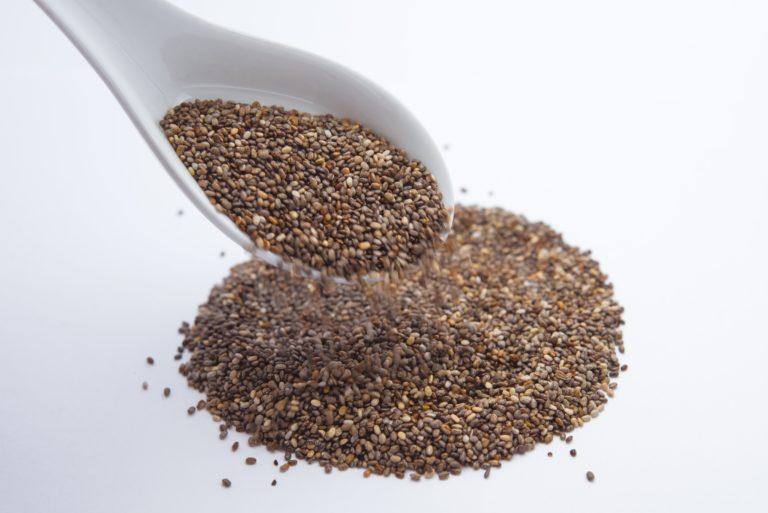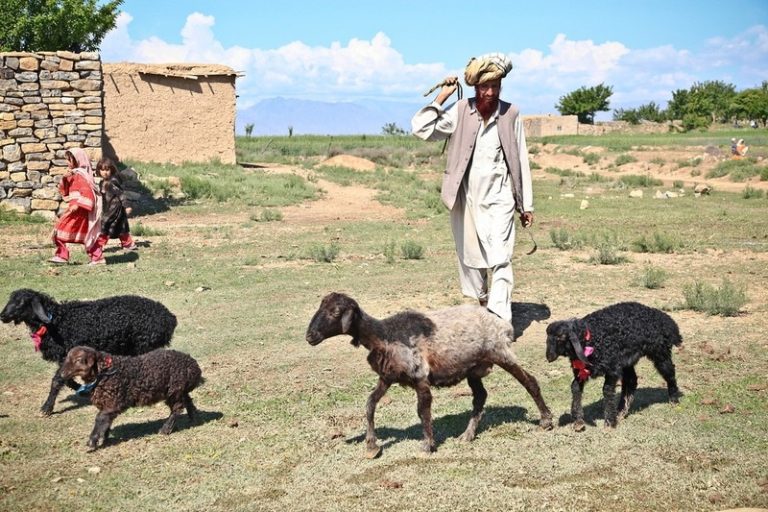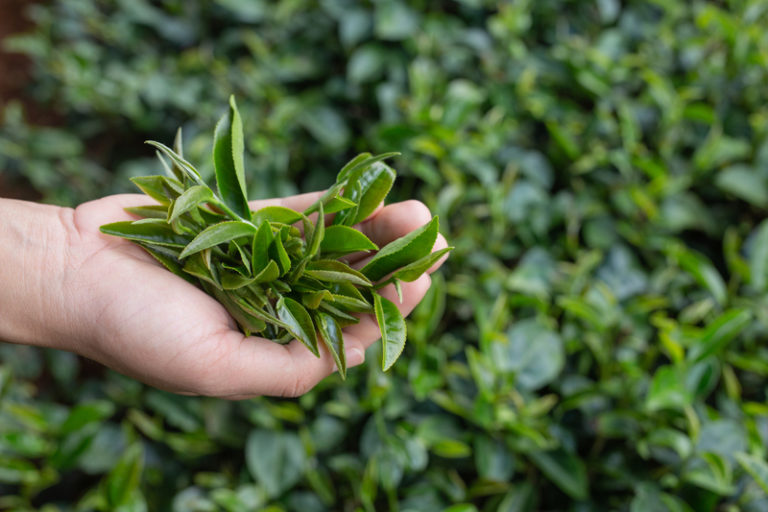Crop Production: Challenges and Opportunities in the 21st Century
Crop production is an important sector of agriculture that contributes significantly to food security and the economies of many countries around the world. The process of crop production involves the cultivation of crops such as grains, vegetables, fruits, and oilseeds.
In this article, we’ll discuss how to grow crops step by step. We’ll cover things like getting the soil ready, picking what to grow, planting the seeds, giving them water, dealing with pests, and finally harvesting the crops.
Soil Preparation:
Soil preparation is a crucial aspect of crop production, as it lays the foundation for a healthy and productive crop. Before planting, farmers need to clear the land of any existing vegetation and remove rocks and debris that could hinder plant growth.
Once the land is cleared, the soil needs to be tilled to loosen it up, making it easier for the plant roots to penetrate and absorb nutrients.
Farmers can use various tools to till the soil, including plows, harrows, and cultivators. Plows are used to break up the soil and turn over the top layer, while harrows are used to smooth out the soil and break up clumps.
Cultivators are used to loosen the soil without turning it over entirely, which can help preserve soil structure and prevent erosion.
Crop Selection:
Choosing the right crop for a particular region is crucial for successful crop production. Factors such as soil type, climate, and water availability need to be considered when selecting a crop.
Farmers should also take into account the market demand for the crop, as growing a crop that has no market can lead to financial losses.
Crop rotation is another important consideration in crop selection. Crop rotation involves planting different crops in the same field in different seasons to help maintain soil health and reduce the buildup of pests and diseases.
For example, planting legumes such as beans and peas can help fix nitrogen in the soil, which can benefit crops that follow.
Planting:
The best planting method for a particular crop will depend on several factors, including the crop type, soil type, and planting equipment. Some crops, such as corn and soybeans, are planted in rows, while others, such as wheat and barley, are broadcast seeded.
Planting depth and spacing are critical factors to consider when planting. The depth at which a crop is planted will affect its ability to access nutrients and moisture in the soil.
Spacing also plays a crucial role in crop growth and development as it affects competition for resources such as water, nutrients, and sunlight.
Irrigation:
Water is a critical component of crop growth, and in some regions, rainfall may not be sufficient to meet the crop’s water needs. In such cases, irrigation is necessary to ensure an adequate water supply.
There are several irrigation methods available, including surface irrigation, sprinkler irrigation, and drip irrigation.
Surface irrigation involves flooding the field with water, while sprinkler irrigation involves spraying water over the field. Drip irrigation is a more precise method that involves delivering water directly to the roots of the plant through a network of pipes and emitters.
The choice of irrigation method will depend on several factors, including the type of crop, soil type, and water availability. Farmers should also consider the cost and efficiency of the irrigation method.
Pest Control:
Pest and disease control is a critical aspect of crop production. Pests such as insects, rodents, and birds can damage crops and reduce yields. Disease-causing organisms such as fungi, bacteria, and viruses can also infect crops and reduce yields.
Integrated pest management (IPM) is a sustainable approach to pest and disease control that involves a combination of cultural, biological, and chemical control measures.
Cultural control measures involve practices such as crop rotation, planting resistant varieties, and maintaining soil fertility.
Biological control measures involve the use of natural enemies of pests, such as predators and parasites. Chemical control measures involve the use of pesticides to control pests and diseases.
Harvesting:
The timing of the harvest will depend on the type of crop and the intended use of the crop. Some crops, such as wheat and corn, are harvested when they are fully mature, while others, such as vegetables and fruits, are harvested when they are still young and tender.
Harvesting equipment varies depending on the type of crop. For example, cereal crops such as wheat and barley are often harvested using a combine harvester, which cuts the crop and separates the grain from the straw. Vegetables and fruits are often harvested by hand, using knives or shears.
After harvesting, the crop needs to be transported to a storage facility, where it can be kept until it is sold or processed. To keep the crop from going bad and to keep its quality, it is important to store it in the right way.
Post-Harvest Processing:
Many crops require post-harvest processing to prepare them for consumption or sale. For example, grains such as rice and wheat need to be milled and processed to remove the husk and bran before they can be used for cooking.
Fruits and vegetables may also require processing to remove any inedible parts or preserve them for longer periods. For example, fruits can be dried or canned, while vegetables can be blanched and frozen.
Marketing:
Marketing is a critical aspect of crop production, as farmers need to find buyers for their crops to generate income. Farmers can sell their crops through various channels, including wholesalers, retailers, and farmers’ markets.
Marketing strategies will depend on the type of crop and the market demand. Some crops, such as grains, are sold through commodity markets, while others, such as fruits and vegetables, may be sold directly to consumers.
In recent years, there has been a growing interest in sustainable agriculture and organic farming, which has led to the development of niche markets for organic and locally grown crops.
Conclusion:
Crop production is a complex process that involves numerous factors, including soil preparation, crop selection, planting, irrigation, pest control, harvesting, post-harvest processing, and marketing.
For crop production to go well, it’s important to plan ahead, pay attention to details, and use sustainable methods that improve soil health, protect the environment, and make sure the farm can stay in business in the long run.
By following best practices for crop production and taking advantage of new technologies and innovations, farmers can increase their yields, reduce their costs, and improve the quality of their crops.
At the same time, they can help keep their local communities and the global food system going, making sure that we all have a steady supply of healthy, delicious food.
Also Read :-

